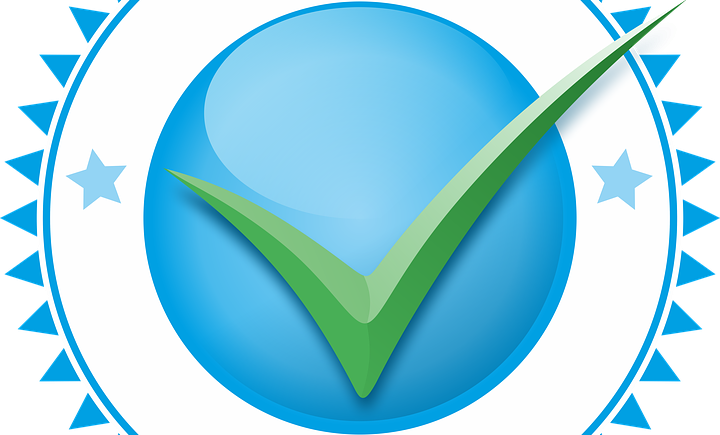Webinar Duration: 3 hours
RECORDED: Access recorded version only for one participant; unlimited viewing for 6 months (Access information will be emailed 24 hours after the completion of payment)
SPEAKER: John E Lincoln
OVERVIEW:
FDA Warning Letters and recent high-profile recalls indicate major cGMP deficiencies in many companies. One major failing is lack of sufficient or targeted risk-based company-wide V&V planning. Starting with a Master Validation Plan, evaluating its elements against ISO 14971 or ICH Q9, hazard analysis / risk management, allows development of meaningful product validations. Clear up definition confusion with suggested “working definitions”.
The roles of different V&V protocols. How to employ equipment / process DQs, IQs, OQs, and PQs, or their equivalents per ASTM E2500, against a background of limited company resources (personnel, budget, time). A matrix simplifies “as-product”, “in-product”, process, and equipment, et al, software VT&V, assuring key FDA requirements are not overlooked. What is the FDA definition of “risk based” and how is it documented in the V&V test report. Human Factors / Use Engineering considerations.
Additional recommended supporting systems / documentation. The QMS / CGMPs and 21 CFR Part 11 must also be considered. Field tested (not theoretical) approaches backed by over 30 years experience with the U.S. FDA and EU notified bodies.
Why should you Attend: Verification and validation requirements have always been part of the US FDA’s GMPs. However, with increasing technology, both industry and regulatory agencies expectations have increased. Recent high-profile field problems indicate that V&V activities are not planned or carried out as completely as expected, are not documented in a top tier Validation Plan, and may not be fully utilizing the power of current risk management tools, as identified in ISO 14971 (devices) or ICH Q9 (pharma).
Where does IEC 62366, Use Engineering fit in, if applicable? The FDA / ICH Q-series provide valuable insights for all regulated industries, not just pharma. Why “working definitions”? What’s a field proven approach. Requirements to qualifications to test cases to the validation.
The billions of dollars spent by industry annually for V&V are not providing the product safety or efficacy seemingly promised. For most companies, the fixes are not rocket-science, but proper up-front V&V planning and execution, called out in a corporate MVP, documented in a Test Report / Protocol, and further supported / implemented by other V&V documents.
Areas Covered in the Session:
– Verification or Validation Recent regulatory expectations
– The Validation Master Plan and its structure
– Product Validation – how it differs from process / equipment V&V
– Process / Equipment / Facility Validation including
– FDA’s recent guidance
– Requirements; When and How to develop / use DQ, IQ, OQ, PQ, or their equivalents
– How to use Product Risk Management Tools (per ISO 14971 and ICH Q9)
– The latest Use Engineering considerations per IEC 62366-1, -2
– The 11 FDA-required documents for software validation
– Incorporating 21 CFR Part 11 requirements; when and how
– Suggested “test case”formats for each verification activity
– Approximately two 10 minute breaks during the webinar, with Q&A
Who Will Benefit:
– Senior management in Drugs, Devices, Biologics, Dietary
– Supplements
– QA
– RA
– R&D
– Engineering
– Production
– Operations
– Consultants,Others Tasked with Product, Process, Software Validation Responsibilities
SPEAKER PROFILE:
John E. Lincoln is a medical device and regulatory affairs consultant. He has helped companies to implement or modify their GMP systems and procedures, product risk management, U.S. FDA responses. In addition, he has successfully designed, written and run all types of process, equipment and software qualifications/validations, which have passed FDA audit or submission scrutiny, and described in peer-reviewed technical articles, and workshops, world wide. John has also managed pilot production, regulatory affairs, product development/design control, 510(k) submissions, risk management per ISO 14971, and projects; with over 28 years of experience in the FDA-regulated medical products industry – working with start-ups to Fortune 100 companies, including Abbott Laboratories, Hospira, Tyco/Mallinckrodt. He is a graduate of UCLA.



